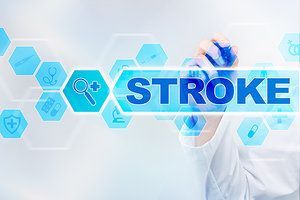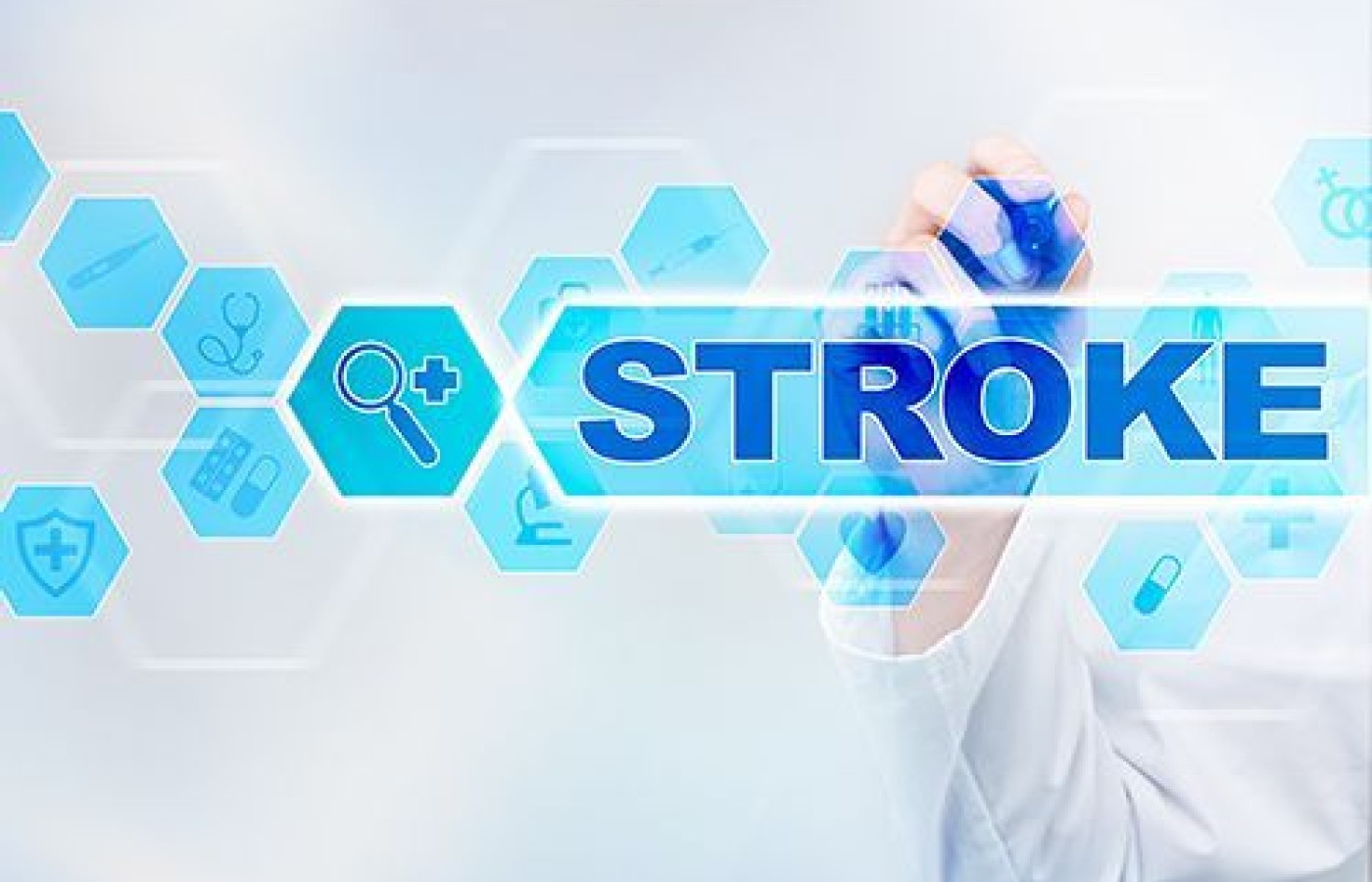New York's highest court of appeals has held that no-fault insurers cannot deny no-fault benefits where they unilaterally determine that a provider has committed misconduct based upon alleged fraudulent conduct. The Court held that this authority belongs solely to state regulators, specifically New York's Board of Regents, which oversees professional licensing and discipline. This follows a similar recent ruling in Florida reported in this publication.
The "Chiropractic Stroke" Is Protopathic Bias Demonstrated
Doctors of chiropractic routinely attend patients with neck pain and headache. Rarely are young, adult patients with neck pain and headache suffering with a dissection in their neck arteries (vertebral or carotid).
Unfortunately for all involved, there are no physical examinations that can suggest or confirm to the chiropractor that a patient may be suffering with a dissection. By all clinical measures, the type of neck pain and headache suffered by patients with neck artery dissection is like the benign conditions patients present with every day.
When a patient treated by a chiropractor proceeds to develop a clot in a neck artery, and later suffers a stroke, the chiropractor is often blamed for causing the arterial dissection. Various techniques, from manual cervical manipulation, to treatments, and even massage, have been implicated in causing neck artery dissections.1-2
MD vs. DC Culpability

What usually happens is a patient with dissection in progress often has neck pain and or headache. They seek care help from their doctor. Frequently, those doctors are medical doctors and/or doctors of chiropractic. If a patient suffers a cervical artery dissection (CAD) after seeing a medical doctor, that provider is not normally faulted for causing the stroke. There is generally no suspicion that medical doctors would do anything to damage an artery during their treatment.
Conversely, when a chiropractor attends a patient who later develops a CAD and stroke, physicians often fault the chiropractor since they believe the procedure of delivering a spinal manipulation could cause damage to a cervical artery. There is a common misconception held by medical practitioners that cervical manipulation is a high-risk procedure that puts the cervical arteries at risk.
This conclusion is advanced due to the temporal association between some patients with dissection having exposure to a chiropractor, with manipulation commonly performed. There is, however, a huge gap between causation and association.
Protopathic Bias in Action
In his recent epidemiological study on carotid stroke,3 Dr. David Cassidy explains this phenomenon as "protopathic bias" in action. Protopathic bias occurs when a treatment is started in response to the first symptoms of a disease, initially undiagnosed; then the disease later advances to reveal its true self.
As protopathic bias relates to cervical artery dissections, a patient with a dissection has a common headache or neck pain, goes to the chiropractor to receive a manipulation, and subsequently, the underlying arterial dissection is diagnosed when the patient experiences neurological symptoms.
Dr. Cassidy's epidemiological evidence has revealed that patients are at no greater risk of getting a dissection from a chiropractor than a medical doctor (who does not perform manipulation). He has performed the research on the vertebral artery4 and carotid artery with the same results.
The Statistics Don't Lie
Recent basic-science research by Drs. Piper and Herzog shows that spinal manipulation puts less stress on the neck arteries than normal cervical range of motion.5-6 The calculation is that cervical manipulation causes less than 50 percent of the stress on a neck artery than cervical range of motion testing.7
So, a person stresses their cervical arteries more than twice as much backing their car out of a driveway than getting an adjustment. Chiropractors are not tearing arteries with spinal manipulation.
Neurosurgeons at Penn State Hershey Medical Center and Johns Hopkins School of Medicine reviewed the research in 2016 and explained that the research against cervical manipulation was complicated by bias, leading to unnecessary and inappropriate litigation against chiropractors.8 They clearly state there is no proof that chiropractic manipulation causes cervical dissections.
Chiropractors successfully treat millions of patients with neck pain and headache pain every day, reducing the misery suffered by the public. The misconception that chiropractors are causing dissections may prevent patients from getting the care that they need and may have prevented researchers from pursuing the real cause of cervical arterial dissections in young adults.
Arterial dissection can lead to devastating consequences and researchers must continue searching for real reasons this phenomenon occurs. As research advances and the current research is more fully understood, the protopathic bias regarding dissection and cervical manipulation will slowly melt away.
References
- Ernst E, et al. Adverse effects of spinal manipulation: a systematic review. J Royal Soc Med, July 2007;100(7).
- Chen W, et al. Vertebral artery dissection probably caused by massage: a case report. Chin Med Sci J, March 2019;34(1):65-68.
- Cassidy JD, et al. Risk of carotid stroke after chiropractic care: a population-based case-crossover study. J Stroke Cerebrovasc Dis, April 2017;26(4):842-50.
- Cassidy JD, et al. Risk of vertebrobasilar stroke and chiropractic care: results of a population-based case-control and case-crossover study. Spine, 2008 Feb 15;33(4 Suppl):S176-8.
- Piper SL, et al. Quantifying strain in the vertebral artery with simultaneous motion analysis of the head and neck: A preliminary investigation. Clin Biomech, December 2014;29(10):1099-1107.
- Herzog W, et al. Internal carotid artery strains during high-speed, low-amplitude spinal manipulations of the neck. JMPT, Nov-Dec 2015;38(9):664-71.
- Symons B, et al. Cervical artery dissection: a biomechanical perspective. J Can Chiropr Assoc, 2013 Dec; 57(4): 276-278.
- Church EW, et al. Systematic review and meta-analysis of chiropractic care and cervical artery dissection: no evidence for causation. Cureus, 2016 Feb;8(2):e498.



